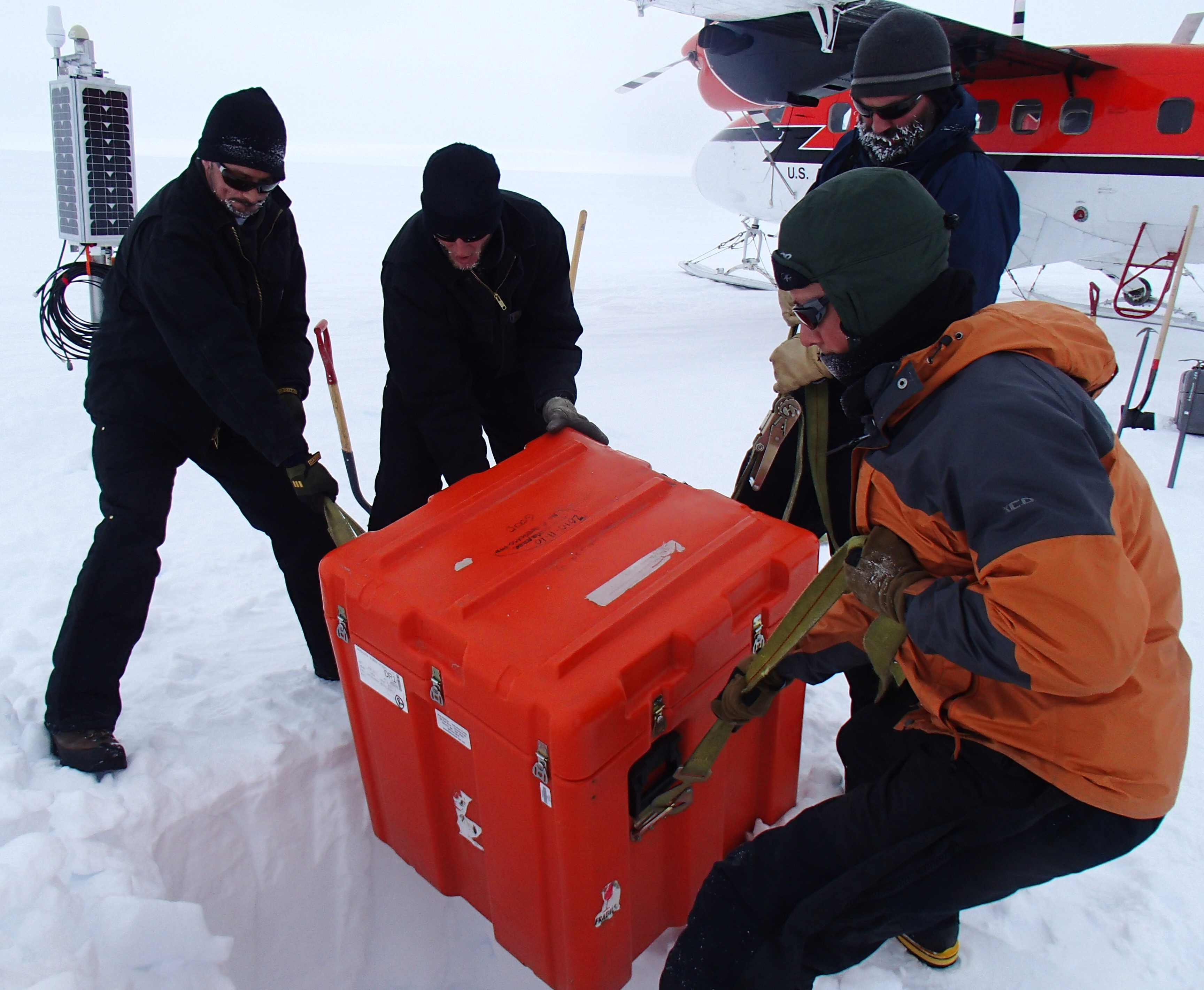Seismic waves reveal thin but dense layers of material sitting between Earth’s core-mantle boundary in parts of the world. One team of geologists suspects it is composed of material that once formed the ocean floor, before being pushed down into the mantle by overriding continental plates.
Some parts of the continents date back most of the way to Earth’s beginnings, while more typical areas are still billions of years old. The ocean floor is a different matter, being produced constantly at mid-ocean ridges, it then gets returned to the mantle at subduction zones where the lighter continental plates ride over the top. Little has survived from more than 200 million years ago, frustrating the search for older impact craters.
This discovery, a crucial part of the theory of tectonic plates, left open the question of what happens to the oceanic crust once it reaches the mantle, passing beyond our capacity to see it. A team led by Professor Samantha Hansen of the University of Alabama has revealed the likely answer in a new paper: at least some sinks to the bottom of the mantle and collects around Earth’s core.
Our knowledge of the interior structure of the planet depends on the way seismic waves produced by earthquakes bend and bounce when they encounter the boundaries between layers. In recent years our capacity to measure these waves has improved.
“We are finding that this structure is vastly more complicated than once thought,” Hansen said in a statement. Co-author Dr Edward Garnero described finding “Mountains on the core, in some places up to five times taller than Mt. Everest.”
Hansen and co-authors investigated ultra-low velocity zones (ULVZs), which as its name suggests are regions at the bottom of the mantle where seismic waves slow down. Since their discovery, ULZVs have attracted the attention of geologists worldwide. Previous research revealed they are layered, with thin strata of varying compositions, but that doesn’t explain their origins.
Hansen thinks that what we have learned about ULVZs fits with them being composed of oceanic crust deposited beneath subduction zones.
“Our research provides important connections between shallow and deep Earth structure and the overall processes driving our planet,” Hansen added.
The ULZVs are more than just the crust’s waste disposal service. Their presence or absence could shape where heat escapes from the Earth’s core. This in turn could influence the presence of hotspots, such as those that produced Hawaii and Iceland.

When scientists say they have to go to the ends of the Earth for their research, some mean it literally, such as this team lowering seismic detectors into the Antarctic ice. Image credit: Photo courtesy of Lindsey Kenyon.
ULZVs are poorly understood because the waves suited to probing them are only produced by rare forms of earthquakes. When they do occur, the waves don’t always surface in the most convenient parts of the planet. Less than 20 percent of the boundary between the core and mantle has been surveyed for the presence of ULVZs. Hansen and her students had to repeatedly visit Antarctica to install the monitoring devices they needed. Even where surveys have taken place, existing methods are unable to detect ULVZs less than 5 kilometers (3 miles) thick, so areas considered ULVZ-free may just have a very thin layer.
The ULVZ the team focused on is not under any existing subduction zone, but given the way the continents move around it is plausible it was once and we have found the ancient remains. Indeed, modeling suggests it would take more than 100 million years for crustal material to descend through the 2,000-kilometer (1,200-mile) thick mantle.
The study is published in Science Advances.
Source Link: Earth’s Core May Be Surrounded By The Remains Of Ancient Oceanic Crusts